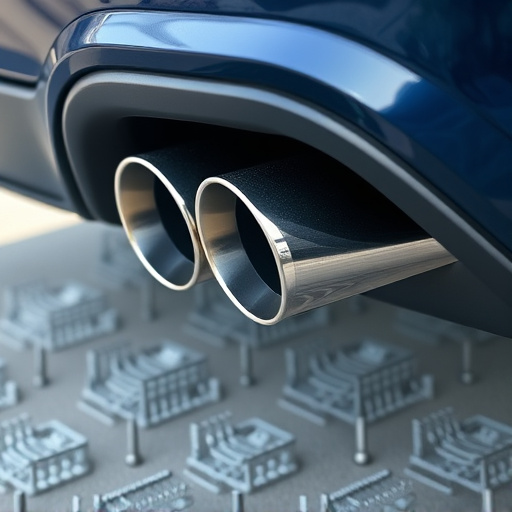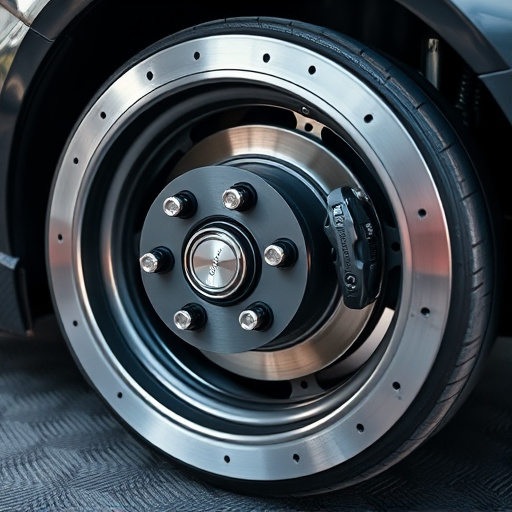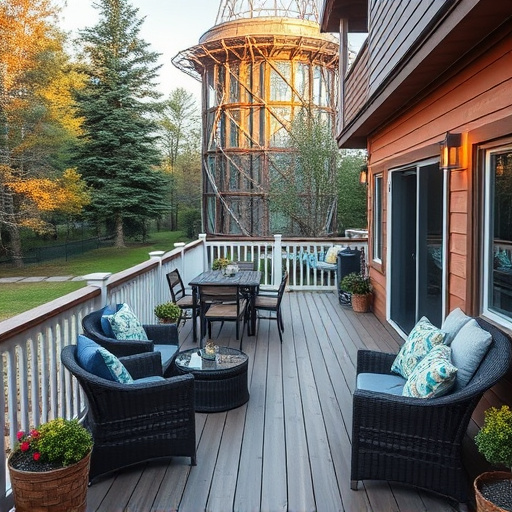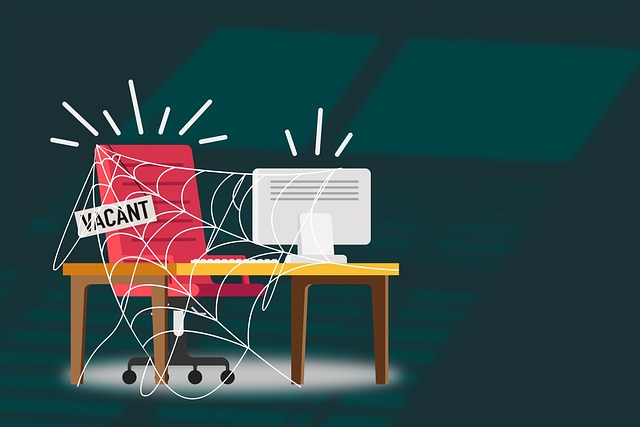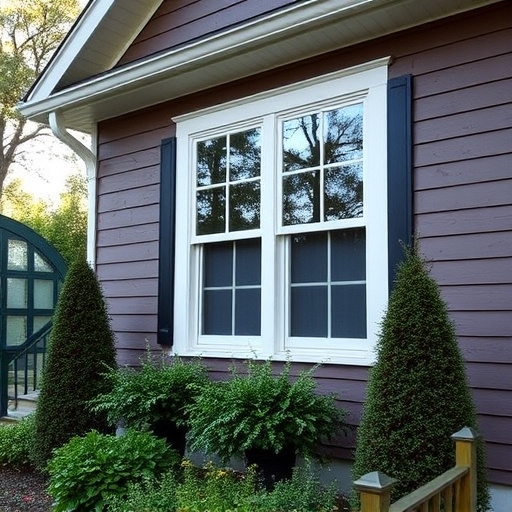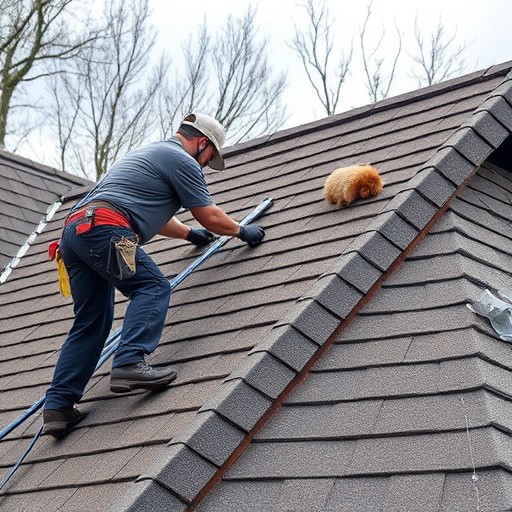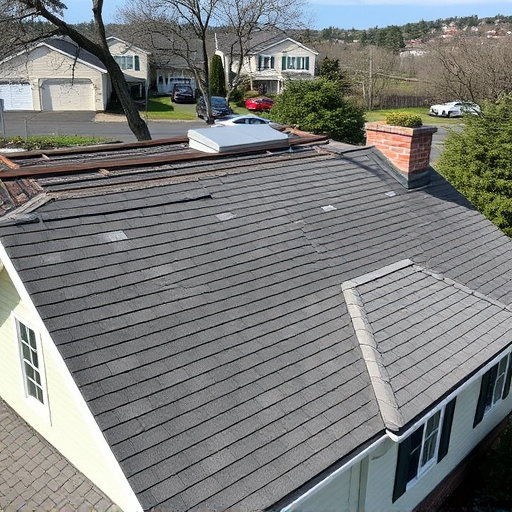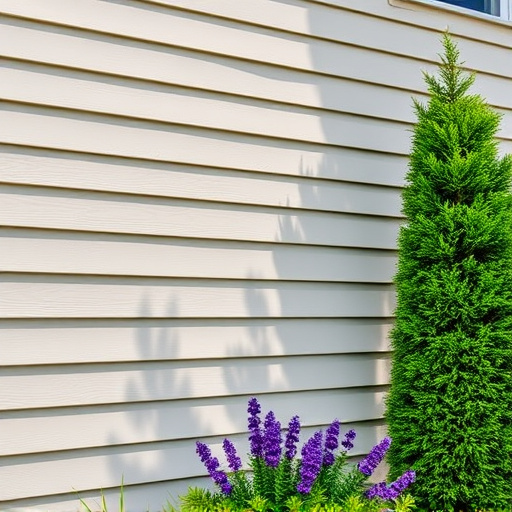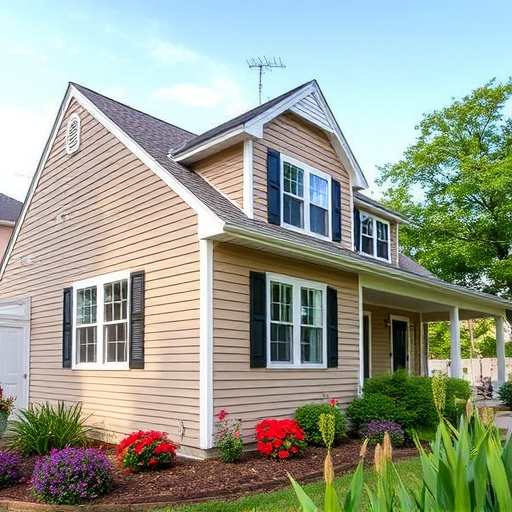The exterior siding installation timeline should align with spring or fall weather for optimal results. These seasons offer moderate temperatures, aiding in material handling and curing adhesives, and avoiding extreme heat or cold that can compromise installation quality. Scheduling projects during favorable conditions also protects against disruptions from poor weather, ensuring a more efficient, durable, and successful exterior siding job.
“Considering a new exterior siding installation? The best time of year can significantly impact your project’s success. This guide explores the ideal seasons for exterior siding, weighing weather considerations, efficiency, and quality assurance. From minimizing delays to ensuring longevity, we’ll help you navigate the process. Whether it’s spring’s promising weather or fall’s dry conditions, learn when to embark on your exterior siding transformation, ensuring a durable and attractive finish.”
- Weather Considerations for Exterior Siding Installation
- Timing and Efficientity of Siding Projects
- Ensuring Quality and Longevity in Different Seasons
Weather Considerations for Exterior Siding Installation
When planning exterior siding installation, weather is a crucial factor to consider. The best time to install new siding is typically during milder seasons like spring or fall when temperatures are more moderate. Extreme heat in summer can cause materials to expand and contract too quickly, potentially leading to misalignments and poor workmanship. Meanwhile, bitter cold in winter may make it difficult for adhesive and sealants to cure properly, compromising the integrity of the installation.
Additionally, heavy rain, strong winds, or snowstorms can disrupt construction schedules and damage newly installed siding. Therefore, homeowners should aim to schedule exterior siding projects when weather conditions are favorable. If you’ve experienced storm damage that requires roof or siding repairs, it’s even more important to prioritize these services in order to protect your home from further vulnerabilities during unpredictable seasons.
Timing and Efficientity of Siding Projects
The timing of exterior siding installation plays a significant role in the efficiency and overall success of the project. In general, the best time to tackle residential siding is during the spring or fall seasons. These periods offer moderate weather conditions, making it easier for contractors to work effectively without dealing with extreme heat or cold. Spring, in particular, is often an ideal time as it allows for adequate drying time after installation, ensuring long-lasting results.
By avoiding the peak summer months, siding projects can be completed more swiftly. During the summer, intense heat and high humidity levels can slow down construction work and impact the performance of certain materials. Moreover, planning exterior home improvements during these quieter seasons means less competition for contractors, potentially leading to better pricing and a more personalized service. Thus, considering the timing is a strategic move towards ensuring a seamless and efficient siding installation process, whether it’s for roof repair or complete residential siding replacement.
Ensuring Quality and Longevity in Different Seasons
When planning exterior siding installation, understanding the best time of year can significantly impact quality and longevity. Each season presents unique challenges that can affect how well your new siding holds up. In warmer months, like spring and summer, working with siding is generally favorable due to moderate temperatures and lower humidity levels. These conditions help ensure precise installations and faster drying times for any protective coatings or adhesives used.
However, in colder seasons such as autumn and winter, the picture changes. Lower temperatures can make materials more brittle, increasing the risk of damage during handling and installation. Additionally, freezing weather can trap moisture within the siding, leading to potential warping or peeling over time. Still, with proper preparation, including adequate insulation and interior heating, these challenges aren’t insurmountable. Professional siding services often prefer to work year-round, using specialized techniques for colder climates to guarantee a robust and durable exterior siding finish, whether it’s a simple repair or a complete replacement.
When considering exterior siding installation, the best time of year largely depends on your climate and desired efficiency. While spring and fall offer milder temperatures for worker comfort, summer’s long days enable faster project completion. Winter, however, may be ideal for specific types of siding due to lower material costs and fewer construction disruptions. Regardless of season, ensuring quality installation is paramount for longevity; proper preparation and expert craftsmanship are key to safeguarding your home’s investment in exterior siding.


